Nature, in all its aspects, provides us with a foundation for
creating art in all its forms. Among the most inspirational of
these aspects are those of the sky, from sunsets to stars to
galaxies. But it works both ways. While we can strive to know
the Universe through physics and mathematics, the unending
complexity of the structures we examine overwhelms the senses and
hinders our ability to appreciate the beauty and meaning of our
surroundings. The arts provide avenues for understanding and
interpreting the complexity of nature in human terms. In doing
so, they reveal more of nature's aesthetics, and thereby have the
power to inspire scientists to look ever deeper into our
Universe.
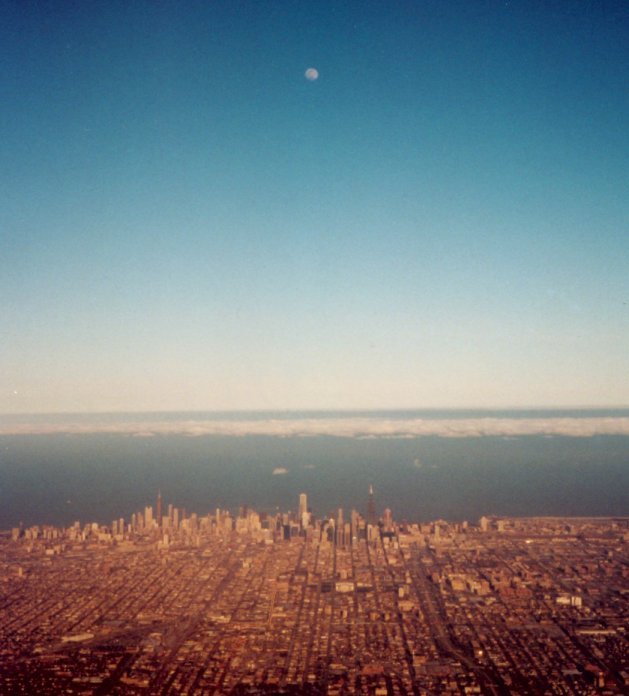
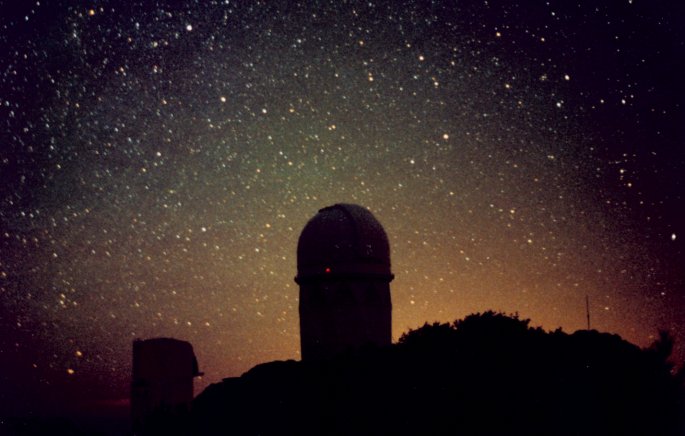
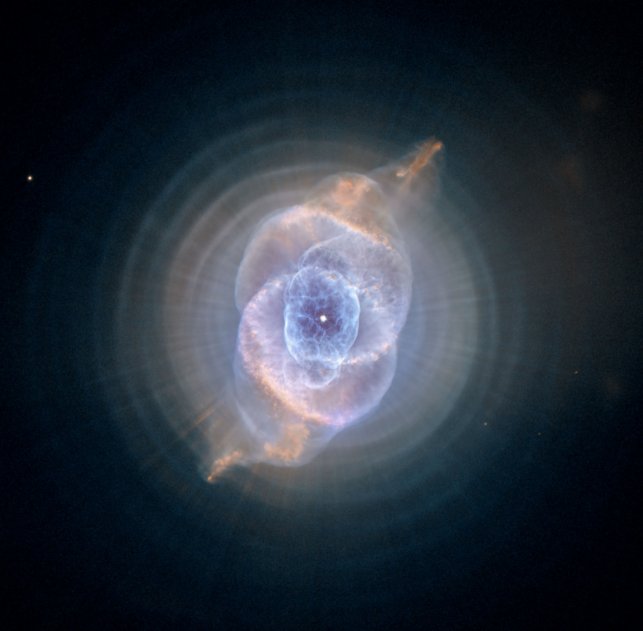
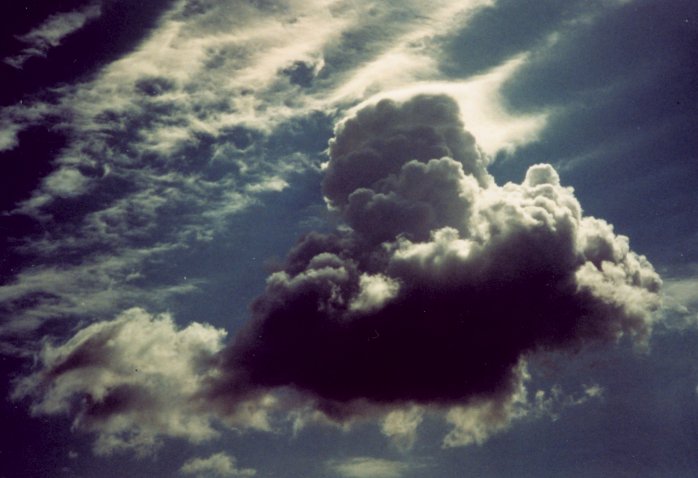
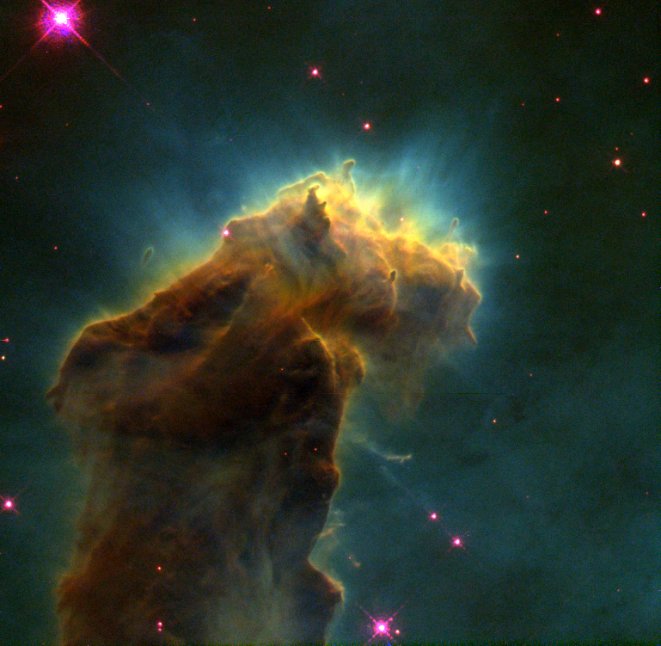
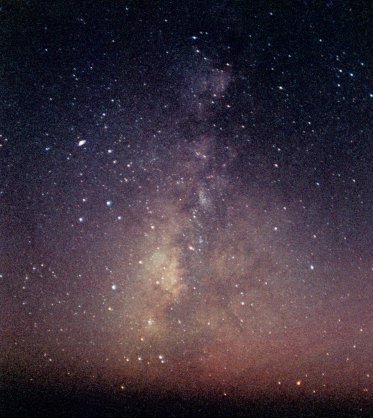

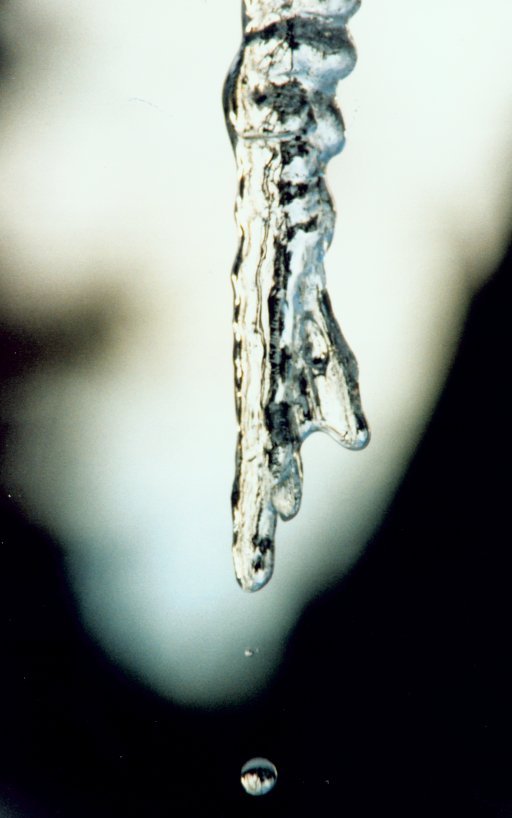
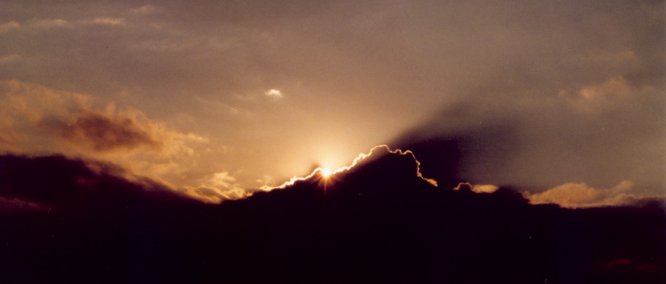
|
Sit alone upon an island shore And watch the mating of the sand and sea Embrace within your vision's core The Universe's vast complexity. Churning at the coast, the ocean hurls A million sunlit bubbles to the sky, Each flashing drop its own minuscule world, Each a cosmos caught within your eye. Now multiply this view around the Earth, Now multiply afresh to space's end Where heavens' stars began to give us birth, Our Sun and Earth and selves a starry blend. Only from such great infinity Could all our hopes and dreams have come to be. (Paths' End, from Cosmic Clouds, Scientific American Library, Freeman, NY, 1997, copyright J. B. Kaler.) |
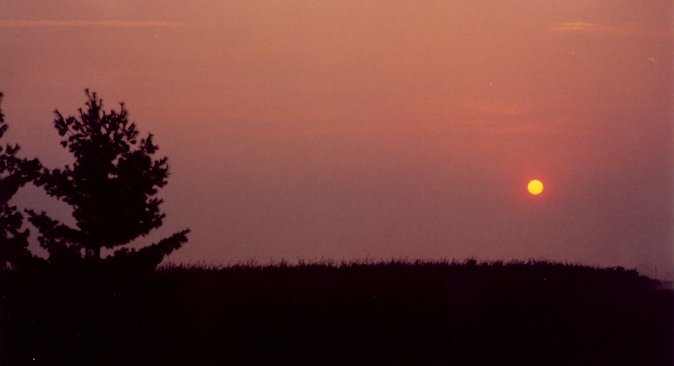
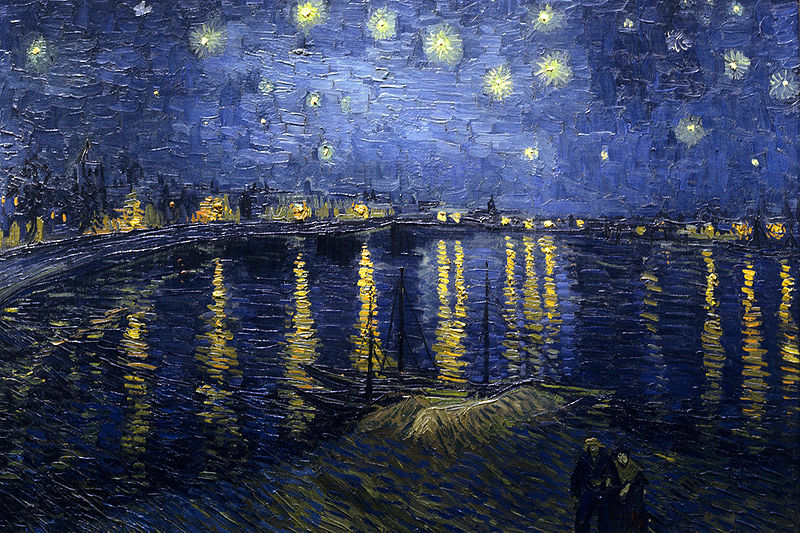
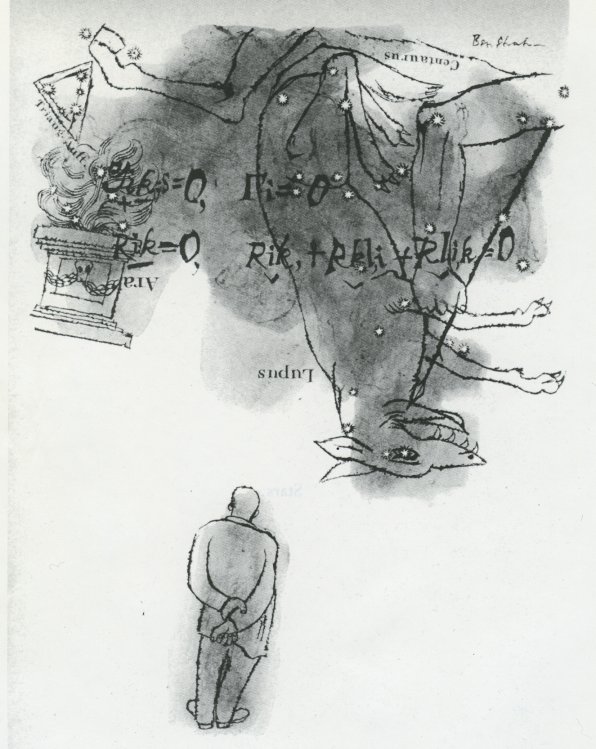
|
The lights from the parlor and kitchen shone out Through the blinds and the windows and bars; And high overhead and all moving about, There were thousands of millions of stars. There ne'er were such thousands of leaves on a tree, Nor of people in church or the Park, As the crowds of the stars that looked down upon me, And that glittered and winked in the dark. The Dog, and the Plough, and the Hunter, and all And the Star of the Sailor, and Mars, These shown in the sky, and the pail by the wall Would be half full of water and stars. They saw me at last, and they chased me with cries, And they soon had me packed into bed; But the glory kept shining and bright in my eyes, And the stars going round in my head. Robert Louis Stevenson, Escape from Bedtime from A Child's Garden of Verses. |